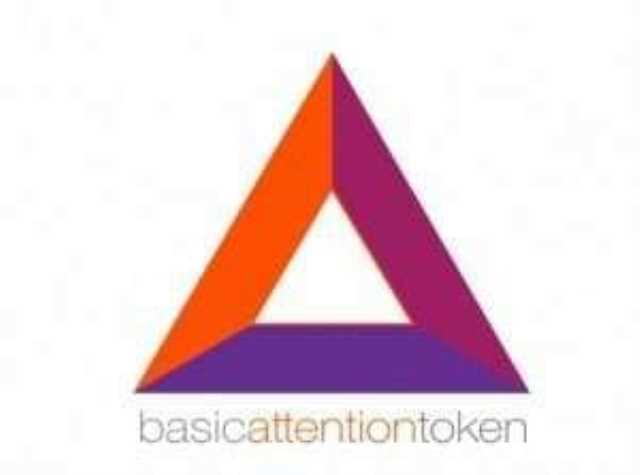
The traditional advertising industry has mostly relied on centralized platforms and intermediaries to function. They are in charge of targeting and delivering advertisements to consumers, as well as collecting and analyzing consumer data to improve ad targeting. The issue with this model is that it can be expensive for advertisers and raises concerns about data privacy and security. Blockchain-based What is a Blockchain Protocol advertising enables a decentralized system where advertisers can connect directly with consumers while keeping consumer data private and secure. In this model, consumers are incentivized to share their data with advertisers and are compensated for viewing ads. Each computer in a blockchain network maintains a copy of the ledger where transactions are recorded to prevent a single point of failure.

Digital Services Traditional Digital Services vs. Blockchain-Based Digital Services

Following this innovation, multiple protocols were launched with one or the other innovation. For instance, the every-node-verification feature of the blockchain rendered it slow thus leading to scalability issues. Zilliqa, EOS, and Cardano are some examples of blockchains that attempted to build solutions for scalability issues. Cryptocurrency is an encrypted string of data that has some monetary value. This integration enables OKX Wallet users to easily participate in Talent Protocol’s unique ecosystem, potentially investing in promising talents and accessing exclusive perks.
Advantages & Disadvantages of Blockchain
They are distributed ledgers that use code to create the security level they have become known for. Because each block contains the previous block’s hash, a change in one would change the following blocks. The network would generally reject an altered block because the hashes would not match. Smart contracts are self-executing protocols that automate transaction verification. In addition to reducing human error, their function is to facilitate decentralization and create a trustless environment by replacing third-party intermediaries. The computational power required for certain functions — like Bitcoin’s proof-of-work consensus mechanism — consumes vast amounts of electricity, raising concerns around environmental impact and high operating costs.
- Another innovation in blockchain protocol was different models of consensus algorithms.
- These immutable digital documents use several techniques to create a trustless, intermediary-free system.
- Tezos token holders also get to contribute to how the blockchain is governed, by voting on protocol upgrades and major network changes.
- Although the worlds of banking and cryptocurrencies may appear to be very separate, there is an increasing overlap between the two.
- To achieve consensus, Avalanche is built on a variant of the conventional Proof of Stake Mechanism known as metastability.
History of blockchain
- Since each block also contains a reference to the previous one, the blocks are mathematically chained together.
- Protocols matter because they determine the scope of functionality that your software can provide.
- Hedera is a decentralized ledger platform for storing and managing data or recording transactions.
- One major concern is that for all the idea-stage use cases, hyperbolic headlines, and billions of dollars of investments, there remain very few practical, scalable use cases of blockchain.
- We will soon be sharing the innovation opportunities in blockchain protocol with you.
- By comparison, credit card giant Visa says it can process 24,000 transactions per second.
These rules that govern a blockchain network are referred to as a protocol. It is essentially the common communication rules that the network plays by. As all of us already know, a protocol, in computer science, is a set of rules or procedures that govern the transfer of data between two or more electronic devices. This protocol helps in establishing how, in order for computers to exchange information, the information must be structured and how each party will send and receive it. To achieve consensus, Avalanche is built on a variant of the conventional Proof of Stake Mechanism known as metastability.
To speed transactions, a set of rules that are called a smart contract is stored on the blockchain and run automatically. A smart contract defines conditions for corporate bond transfers, include terms for travel insurance to be paid and much more. Anyone with an Internet connection can send transactions to it as well as become a validator (i.e., participate in the execution of a consensus protocol).[71][self-published source? ] Usually, such networks offer economic incentives for those who secure them and utilize some type of a proof-of-stake or proof-of-work algorithm. Bits of data are stored in files known as blocks, and each network node has a replica of the entire database. Security is ensured since the majority of nodes will not accept a change if someone tries to edit or delete an entry in one copy of the ledger.
Essential Concepts of Blockchain Protocol Technology
Small Business Tech Trends Defining 2023

